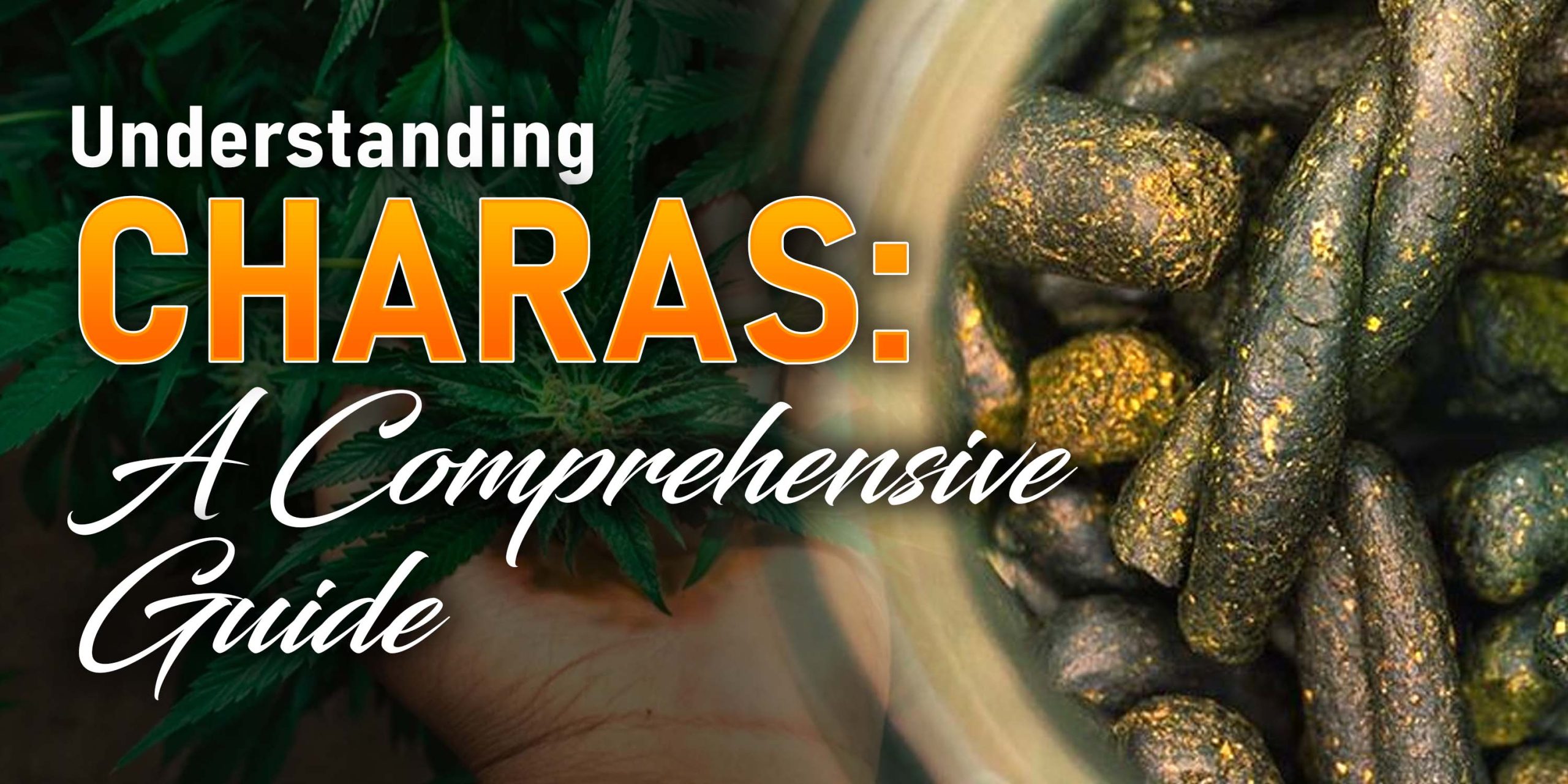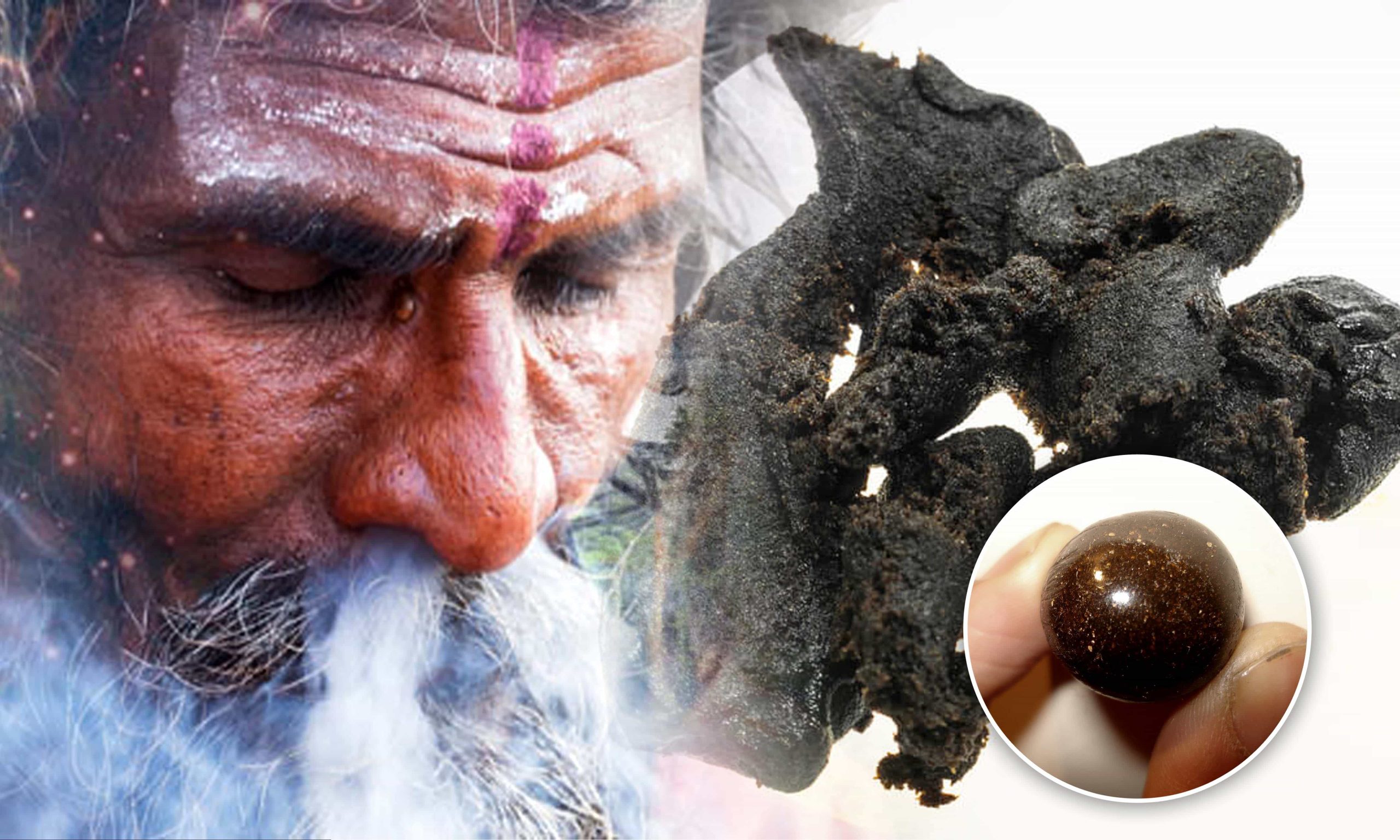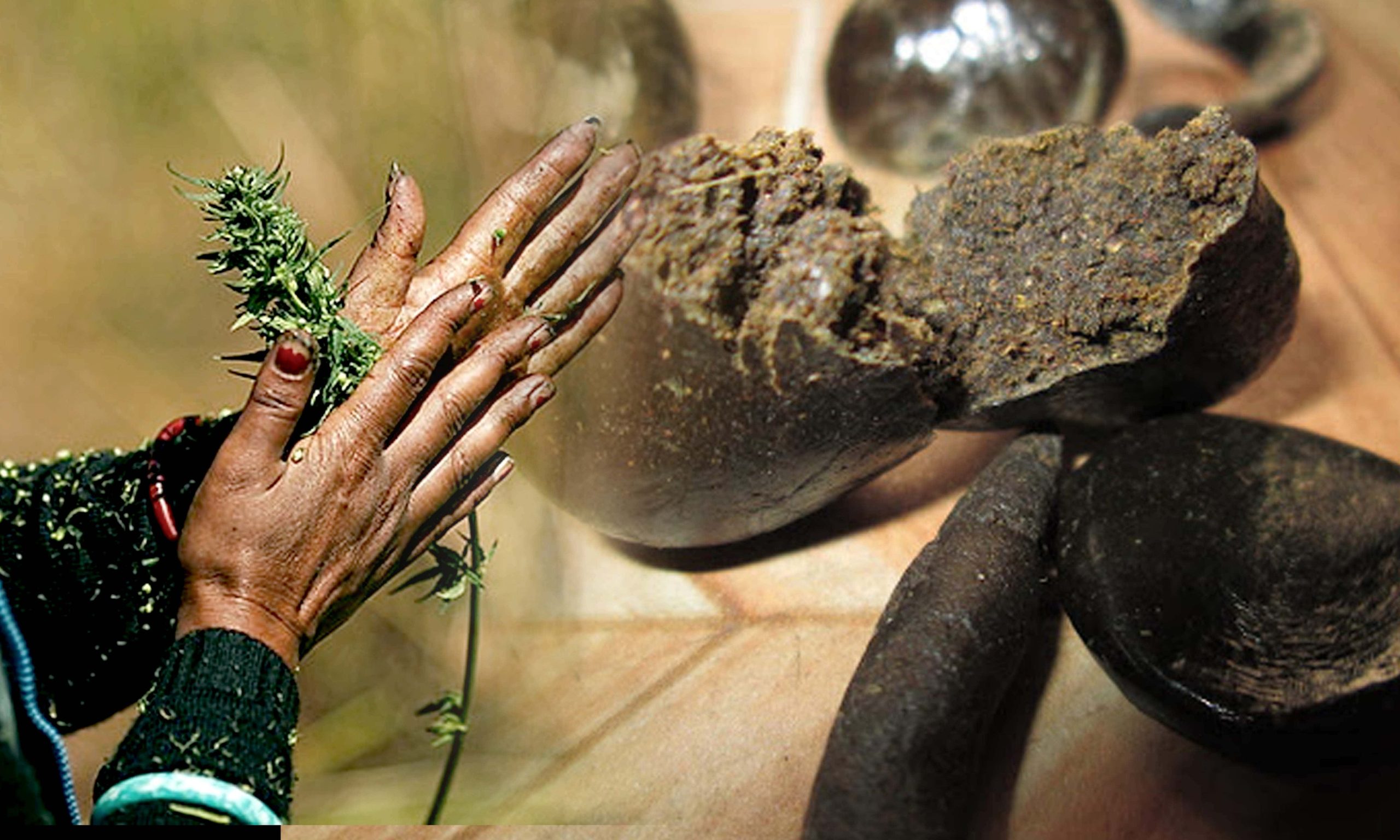
Top 10 Cannabis-Friendly Honeymoon Destinations
In our exploration of the most captivating weed-friendly honeymoon destinations
$65.00 – $240.00
$65.00 – $240.00
$65.00 – $240.00
$65.00 – $240.00
$65.00 – $240.00

Charas, a form of cannabis resin with deep historical roots, has fascinated cultures for millennia. This guide aims to provide a comprehensive understanding of charas, their origins, how to make charas methods and their cultural significance.
The word “charas” is derived from the Sanskrit word “charasā,” meaning a pot of liquefied butter. Its origins can be traced back to the Himalayan regions of India, Nepal, and Pakistan, where it has been cultivated and used for centuries. Charas hash holds a unique place in cannabis culture, revered for its potency and spiritual symbolism.

The history of charas is intertwined with the cultural and spiritual practices of the Himalayan region. Cannabis has been cultivated in this area for thousands of years, with evidence of its use dating back to ancient civilizations such as the Indus Valley civilization. In Hindu mythology, cannabis is associated with Lord Shiva, who is often depicted with a cannabis plant or smoking charas.
The cultivation of cannabis for charas production involves a meticulous process passed down through generations. Charras Indian farmers carefully select and cultivate specific strains known for their resinous buds, using traditional techniques to optimize resin production. This intricate knowledge of cultivation has been preserved and refined over centuries, resulting in the production of some of the finest charas in the world.

1. Cultivation
The cultivation of cannabis plants for charas production begins with the selection of high-quality strains known for their resin production. Farmers employ traditional techniques such as selective breeding and organic farming practices to cultivate healthy and resinous plants. The Himalayan region’s unique climate and soil conditions contribute to the development of robust cannabis plants ideal for charas production.
2. Harvesting
Harvesting charas weed plants for charas production requires careful timing and precision. Farmers wait until the plants reach full maturity, typically around late summer or early autumn, before harvesting them. This ensures maximum resin production and potency in the final product. Skilled harvesters use sharp tools to carefully trim the buds, minimizing damage to the resin-rich trichomes.
3. Hand-Rubbing
The most distinctive aspect of charas production is the hand-rubbing technique used to extract resin from the cannabis plants. Skilled artisans gently rub the flowering tops of the plants between their hands, applying slight pressure to release the resin. This process requires patience and expertise, as the resin must be collected without contaminating it with plant material. The resulting resin is sticky and aromatic, with a rich color and texture indicative of its quality.
4. Rolling and Shaping
Once the resin has been collected, it is carefully rolled and shaped into small balls or sticks. This process requires precision and skill to ensure uniformity in size and shape. Some artisans use molds or presses to shape the charas, while others prefer to hand-roll it. The final product is then allowed to cure and dry, further enhancing its flavor and potency.
Charas smoke is renowned for its unique characteristics, which set it apart from other cannabis products. Unlike hashish or other concentrates, charas retain the full spectrum of cannabinoids and terpenes present in the original plant material. This results in a complex and nuanced flavor profile, with distinct notes of pine, citrus, and spice depending on the strain and cultivation methods used.
1. Spiritual Practices
In many cultures throughout the Himalayan region, charas hold deep spiritual significance. It is often used in religious ceremonies, meditation practices, and rituals aimed at achieving higher states of consciousness. Charas is believed to facilitate introspection and spiritual growth, leading to profound experiences of connection and enlightenment.
2. Social Customs
Charas also play a significant role in social gatherings and celebrations, where it is shared among friends and loved ones as a symbol of hospitality and camaraderie. In many communities, the sharing of charas is considered a sacred act, fostering bonds of friendship and unity among participants. Charas rituals often involve communal smoking sessions accompanied by music, storytelling, and laughter.
The legal status of charas varies significantly from country to country, with some jurisdictions embracing its cultural and medicinal significance while others maintain strict prohibitionist policies. In India, for example, charas hold religious and cultural importance and are legally produced and consumed for certain religious and medicinal purposes. However, in many Western countries, charas remain classified as a Schedule I controlled substance, making its production, sale, and possession illegal under federal law.
Charas is a fascinating and ancient cannabis product with a rich history and cultural significance. From its origins in the Himalayan region to its production methods and unique characteristics, charas continue to captivate enthusiasts around the world. Whether used for spiritual practices, social gatherings, or medicinal benefits, charas remain a cherished part of cannabis culture. As attitudes towards cannabis evolve and more research is conducted into its potential benefits, it is essential to recognize and respect the cultural heritage and traditions associated with charas production and consumption.

In our exploration of the most captivating weed-friendly honeymoon destinations
Bongs play an important role in enhancing the smoking experience.

Marijuana allergies are a topic of growing interest due to

Cannabis-infused lubricants, often called cannabis lube, have become popular recently

Are You 18 Or Over?
By clicking 'Continue', you confirm that you are over 18 years old. By using this website, you agree to our disclaimer.